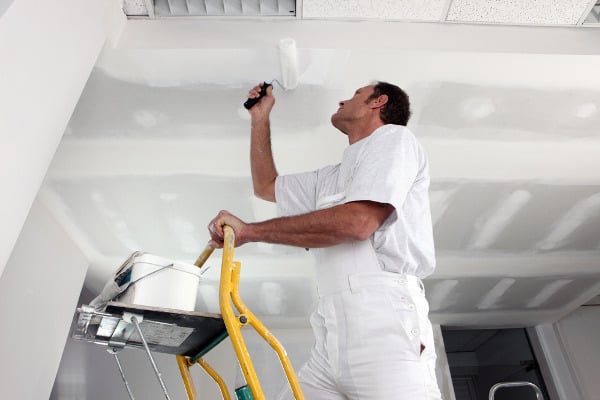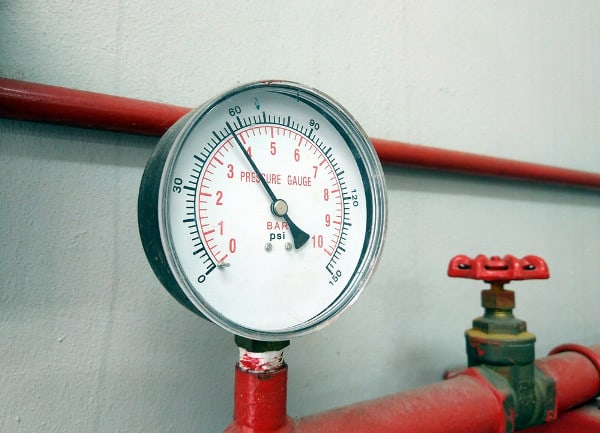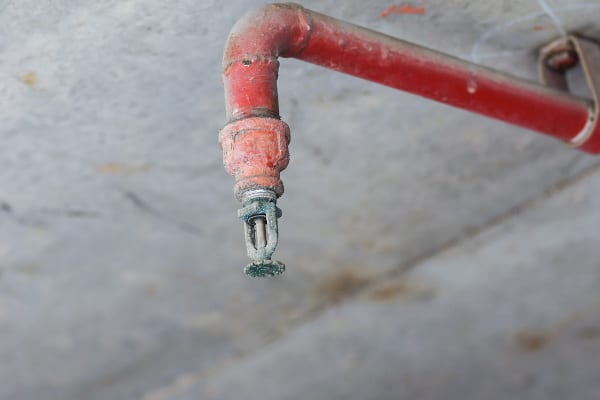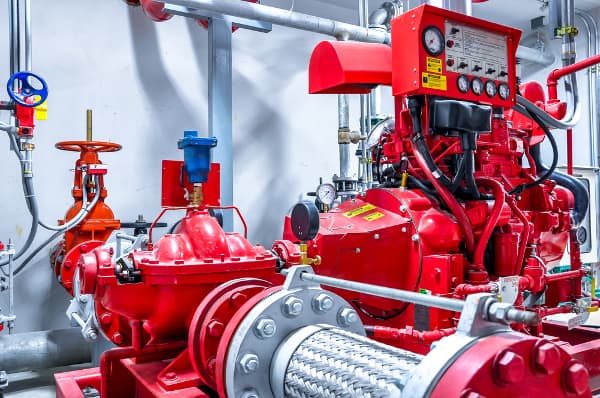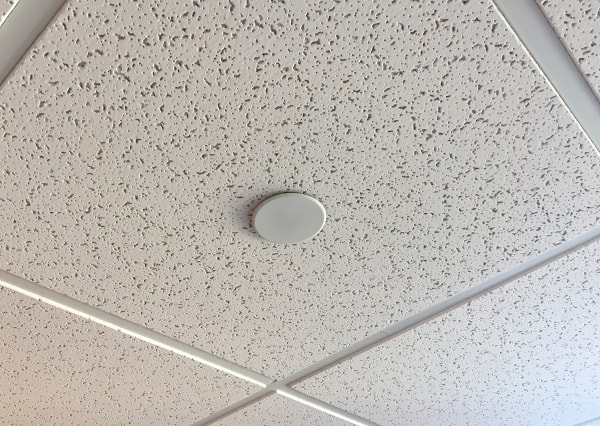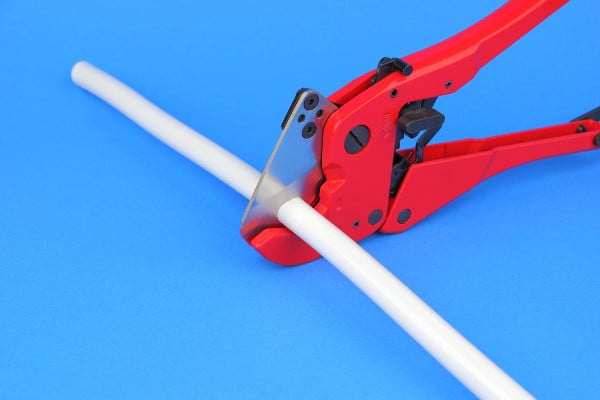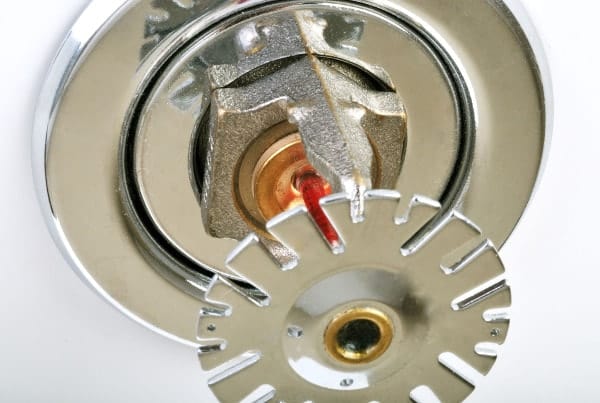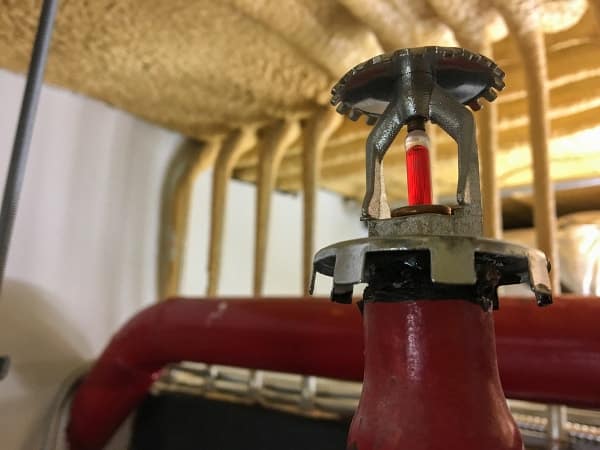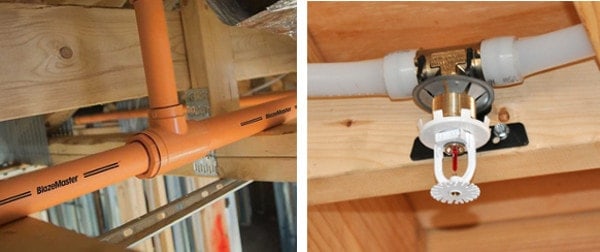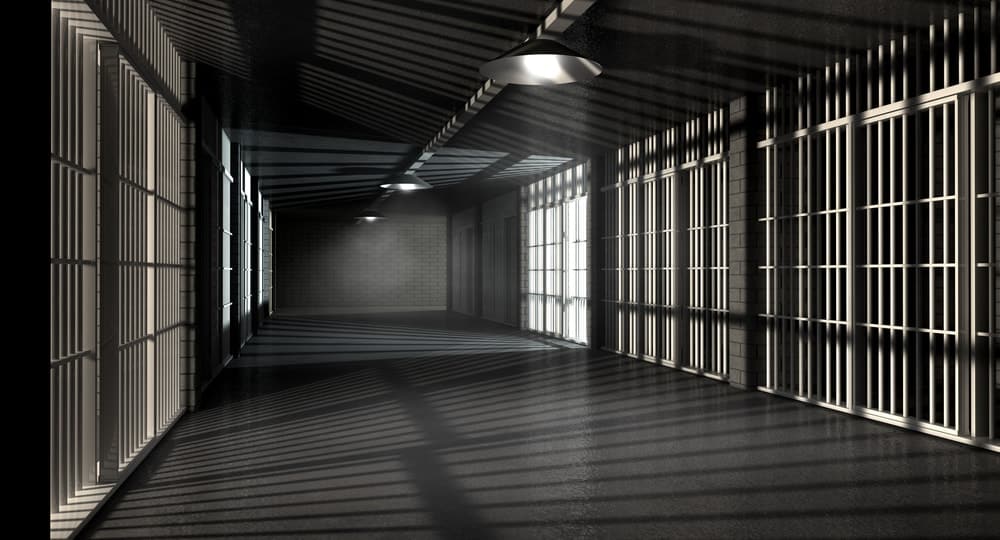#120 – Help! My Fire Sprinkler Was Painted. What Should I Do?
NFPA and numerous fire sprinkler manufacturers have a low tolerance for any sprinkler that has been painted with aftermarket paint. Replacing painted fire sprinklers is often the proper course of action. QRFS looks at why the rules are so strict, as well as how to choose a replacement model.


